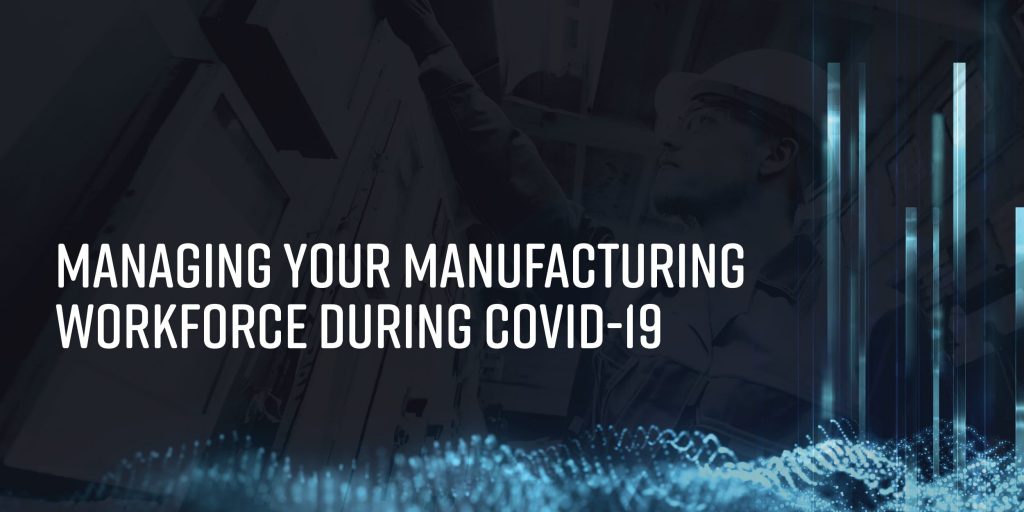How are you managing your manufacturing workforce during the COVID-19 pandemic? If your New York State business has been deemed essential, you’re probably learning to do more with less. There are fewer workers in your front office, but not everyone can work from home. There’s plenty of on-line information about managing virtual teams, but where’s the advice about managing production workers – besides keeping employees six feet apart and recommending frequent hand washing?
In a recent article in National Law Review, two attorneys from Wisconsin share some practical insights for the manufacturing industry. Laws differ by state, of course, and this FuzeHub article should not be construed as legal advice in any jurisdiction. Yet attorneys Sherry D. Coley and Tiffany E. Woelfel speak directly to manufacturers about the COVID-19 crisis. Is what they’re recommending what you’re already doing? If you’re doing more, what additional steps would you advise?
Shifts and Managers
“To the extent that they are capable,” the attorneys write in National Law Review, “manufacturers should be prepared to work with skeleton crews on a rotating basis.” There are several reasons for this. First, reducing the number of people on your factory floor allows for greater social distancing between individuals. Second, putting fewer people on a production line or in a work cell means that if one worker is contagious, that employee is less likely to infect a large group of people.
The way you assign workers to shifts also matters. “Try to keep crews consistent,” the lawyers advise, “without employees switching between crews.” This will minimize the risk of cross-shift contagion and protect both your personnel and your productivity. It’s also important to avoid assigning all of your manufacturing leaders to the same shift in the event of illness or the need to self-quarantine. You may be able to continue operations with one skeleton shift, but even that shift needs on-site support.
Cleaning and Paid Sick Time
Unfortunately, manufacturers also need to be ready for situations where exposure or potential exposure to COVID-19 occurs. The authors of the National Law Review article recommend developing a flexible policy so that you can modulate your response depending on the incident. Routine cleaning of equipment and shared spaces is essential. Manufacturers also need to be ready to perform deep cleaning if an employee tests positive for COVID-19.
Finally, manufacturers need to prepare for the Families First Coronavirus Response Act (FFCRA), which establishes a federal emergency paid-leave benefits program. If your business has fewer than 500 employees, you’ll have to provide two weeks’ worth of paid sick leave to employees who are unable to work because of COVID-19 – including for self-quarantine. As an employer, you’ll receive tax credits for these benefits. The new law also imposes restrictions on how an employer may treat such employees.
Other Workforce Guidance
As essential NYS manufacturers continue to cope with the COVID-19 crisis, guidance about workforce and employment will become increasingly important. Here are some resources that FuzeHub has compiled at both the state and federal levels:
- NYS DOL Filing System for Unemployment Claims
- NYS DOL Shared Work Program
- New York City Employee Retention Grant Program
- CDC: Interim Guidance for Business and Employers
- US Chamber of Commerce Foundation: Workplace Tips for Employees
- US Department of Labor: Occupational Safety and Health Administration – OSHA standards
- OSHA: Guidance on Preparing Workplaces for COVID-19
- OSHA: Preventing Worker Exposure to COVID-10
Are you a NYS manufacturer with some “best practices” for coping with COVID-19 that you’d be willing to share? For example, are your employees having their temperatures taken before their shifts begin – or are you leaving extra time between shifts for dedicated cleaning? Contact FuzeHub and let us know what and how you’re doing.

